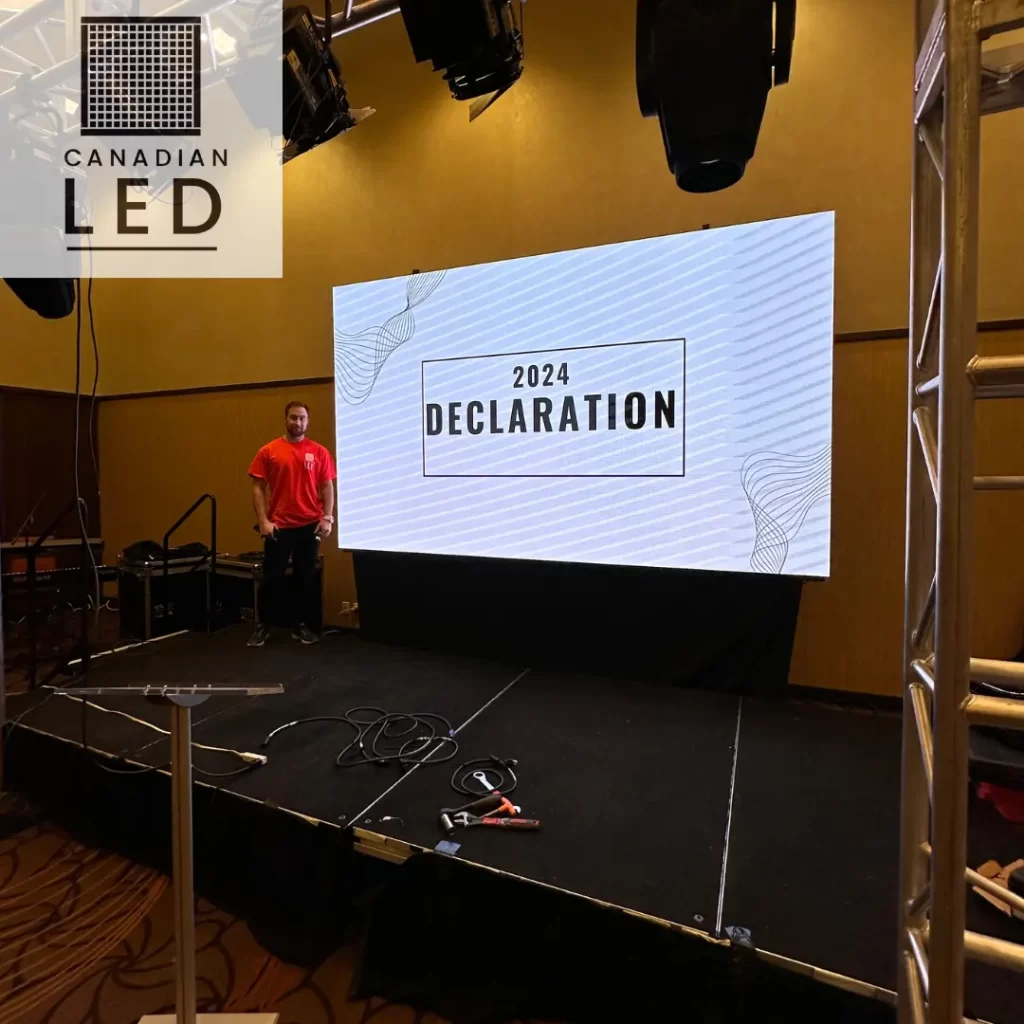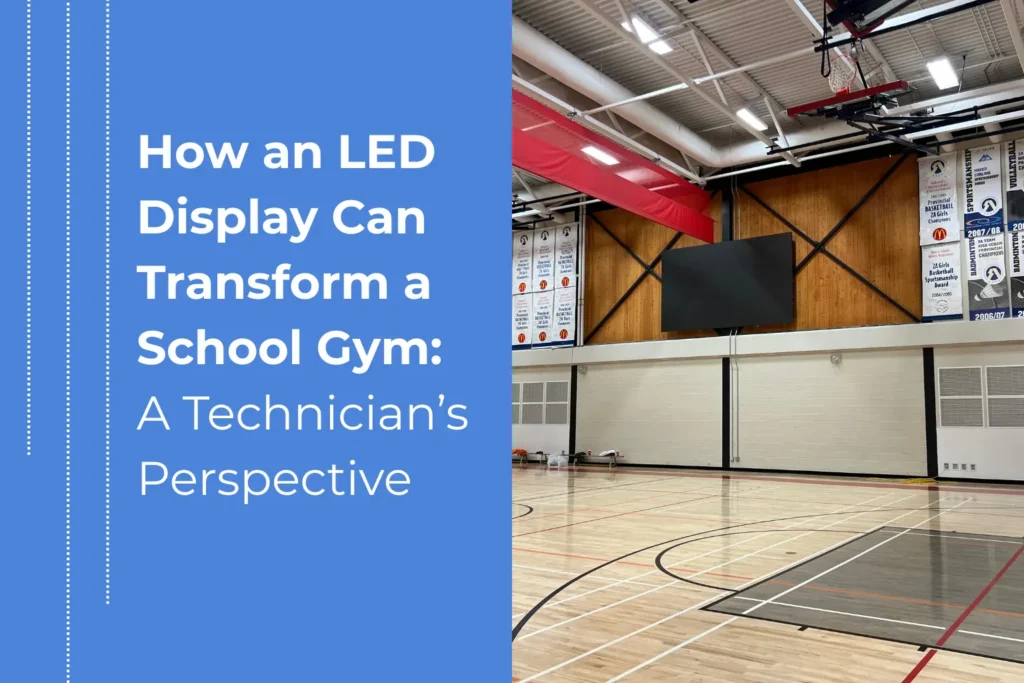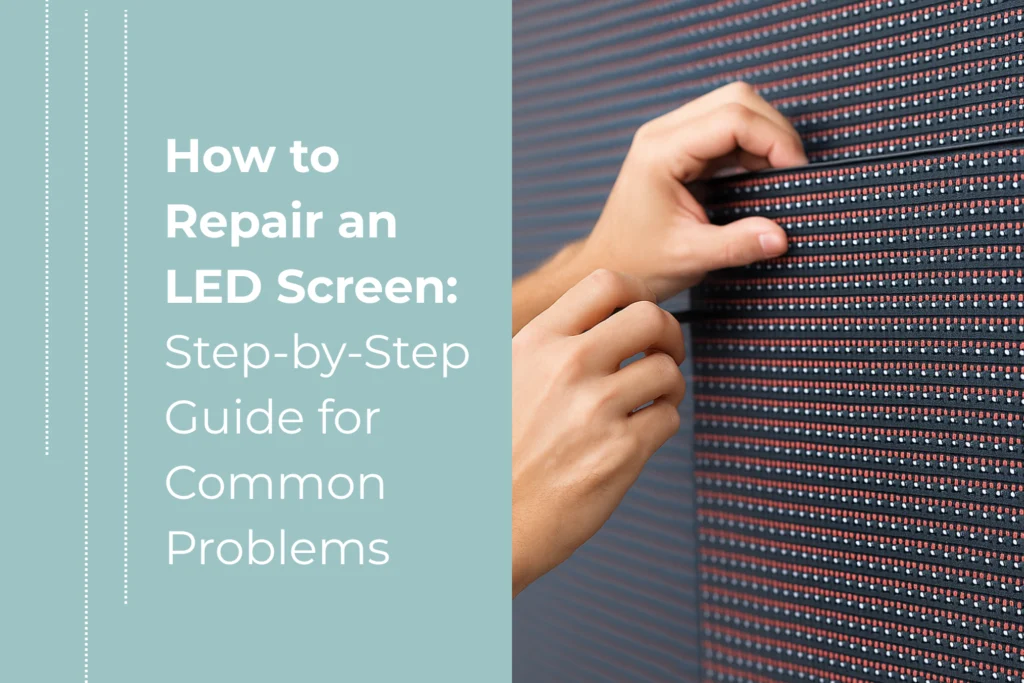Brightness: Why It Matters
The first and most noticeable difference between indoor and outdoor LED screens is brightness. When you’re working with a screen, brightness is critical. Outdoor LED screens need to be bright enough to be visible in direct sunlight, which is why they often boast brightness levels of 4,000 to 6,000 nits (a unit that measures brightness). Indoor LED screens, on the other hand, typically have lower brightness—around 1,500 to 2,000 nits. Since indoor environments have controlled lighting, these screens don’t need to be as bright as their outdoor counterparts. In fact, too much brightness indoors can create glare and make it uncomfortable for viewers. When I install screens for events, I always keep this in mind. For outdoor concerts, sporting events, or public displays, we need to ensure the screens are visible even in full daylight. But for indoor conferences or exhibitions, a lower brightness is usually sufficient—and it also helps save energy.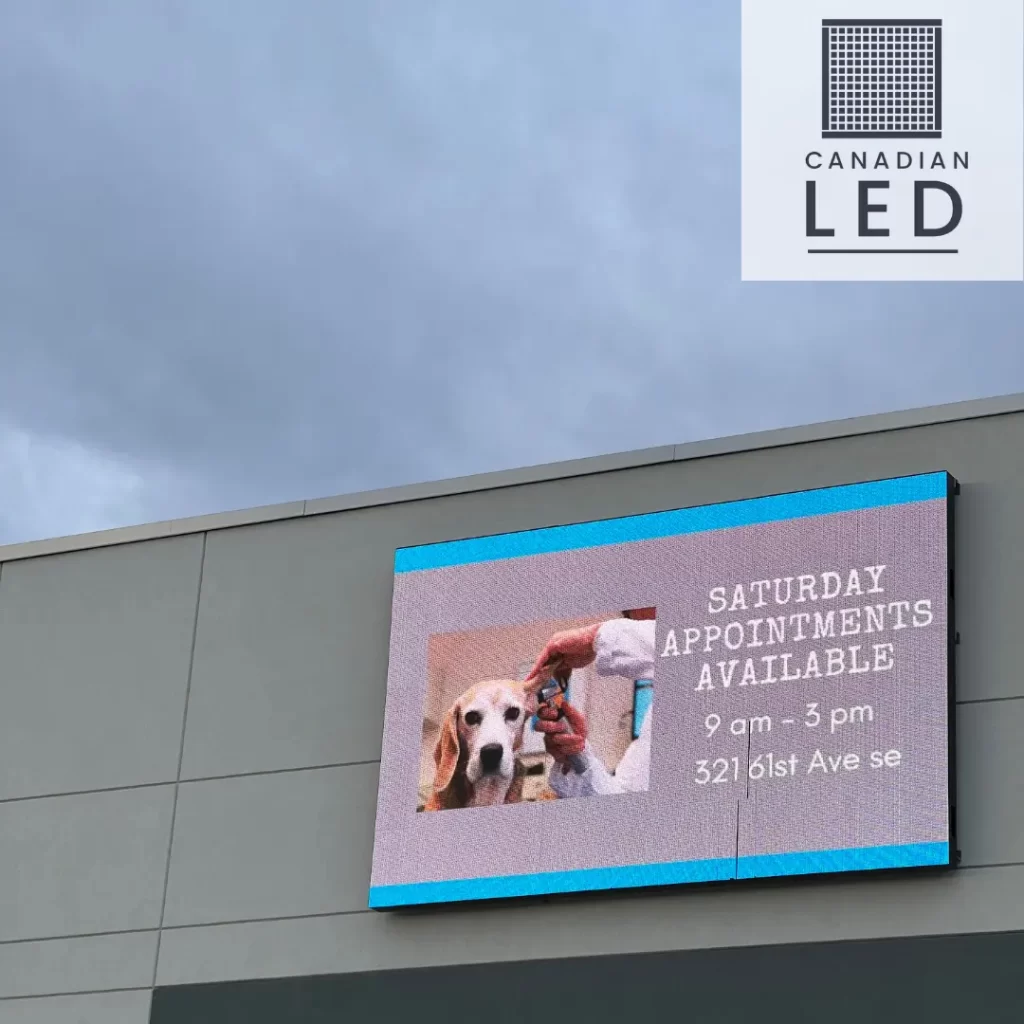
Durability: Handling the Elements
Another key difference is durability. Outdoor LED screens are built to withstand the elements. These screens have a higher IP rating (Ingress Protection rating), meaning they are designed to be waterproof and dustproof. This is especially important because outdoor screens are exposed to harsh weather conditions like rain, snow, and wind. For instance, when we’re setting up for an outdoor festival or public event, I always ensure the LED panels are housed in durable frames that protect the electronics from the elements. The seals on these outdoor screens are designed to keep moisture out, and the panels themselves are more robust to prevent damage from wind or accidental bumps. Indoor screens, on the other hand, don’t need to withstand these conditions. They are lighter and more delicate, with lower IP ratings. However, they are still built with durability in mind—just not to the same extreme level as outdoor screens. That said, we still need to handle them with care during installation.Pixel Pitch: The Closer, the Sharper
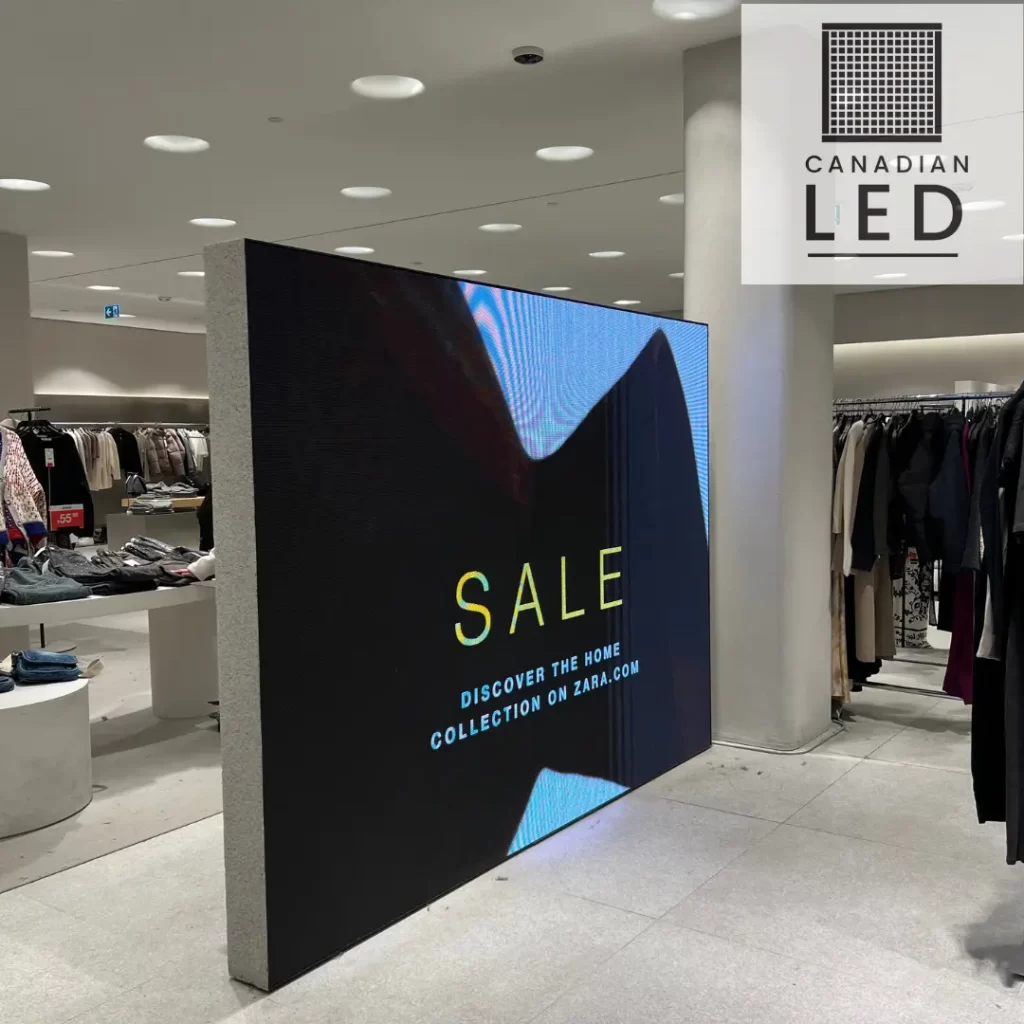
Installation: The Challenges of Outdoor Displays
Installing an LED screen—whether indoor or outdoor—requires expertise, but the challenges are different for each. For outdoor installations, the setup is typically more complex. Not only do we need to make sure the screen is level and secure, but we also have to factor in weatherproofing, safety, and electrical components that can handle the elements. We use heavy-duty frames to secure outdoor LED screens, and the installation process often involves weather considerations and ensuring the panels are correctly aligned for maximum visibility. For indoor LED screens, the installation process is usually simpler. We can use lighter frames, and the screens don’t need to be weatherproof. That said, indoor setups still require careful planning for the best viewing angles and optimal lighting.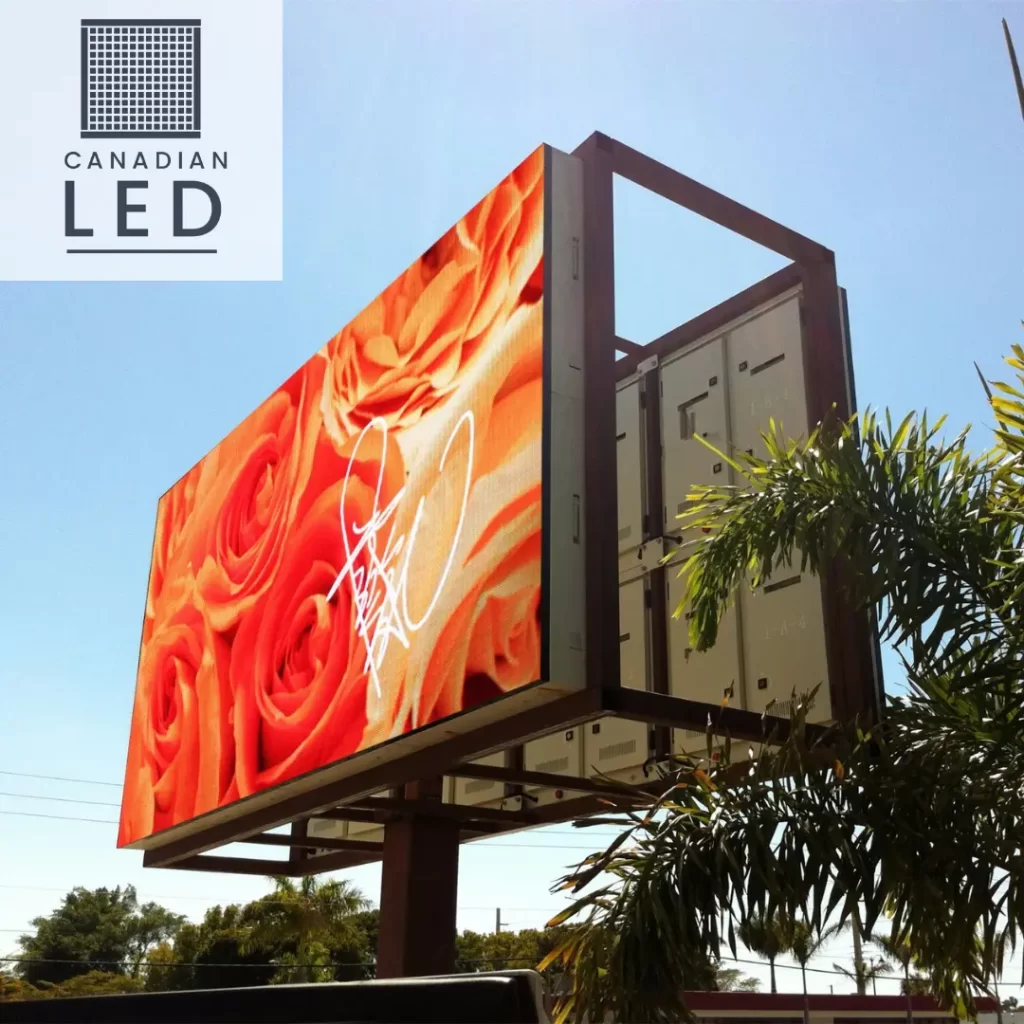
Cost: What You Pay for in Performance
Cost is always a big consideration when choosing between indoor and outdoor LED screens. While the video wall cost can vary based on size, resolution, and brand, outdoor screens generally come at a higher price due to their durability, higher brightness, and advanced technology for handling weather conditions. Outdoor LED screens often include additional features like sunlight readability, waterproofing, and temperature resistance, which makes them more expensive. In contrast, indoor LED screens, while still high-quality, tend to be less expensive since they don’t need these specialized features. When working with clients, one of the first things I ask is where the screen will be used. If it’s for an indoor event, we can typically go with a more affordable solution. But for outdoor events like festivals or sports arenas, the additional investment in an outdoor screen is often worth it in the long run.Applications: Where Each Screen Shines
Both indoor and outdoor LED screens have their own ideal use cases. Here’s where each one shines:- Indoor LED screens are ideal for events like corporate conferences, trade shows, and exhibitions where high resolution and close-up viewing are essential. They’re also great for displays in malls, museums, or theaters.
- Outdoor LED screens, on the other hand, are best for large public displays, outdoor advertising, concerts, and sporting events. These screens are designed for maximum visibility from long distances, even in the brightest sunlight.
